Wood pellets have become a popular alternative to traditional charcoal when it comes to grilling. As more and more people are becoming environmentally conscious, the use of wood pellets has gained momentum due to its eco-friendly and efficient nature.
If you’re new to the concept of wood pellets, you may be wondering how they can be used in a charcoal grill. In this blog post, we will discuss everything you need to know about using wood pellets in a charcoal grill. From the benefits of using wood pellets to the step-by-step process of incorporating them into your grilling routine, we have you covered.
So, let’s dive in and discover the world of wood pellet grilling.
What Are Wood Pellets?
Wood pellets are a type of biomass fuel made from compressed sawdust or other wood waste materials. They are small, cylindrical pellets typically measuring around 6-8mm in diameter and 10-30mm in length. Wood pellets are commonly used as a renewable energy source for heating purposes, such as in pellet stoves, pellet boilers, and biomass power plants.
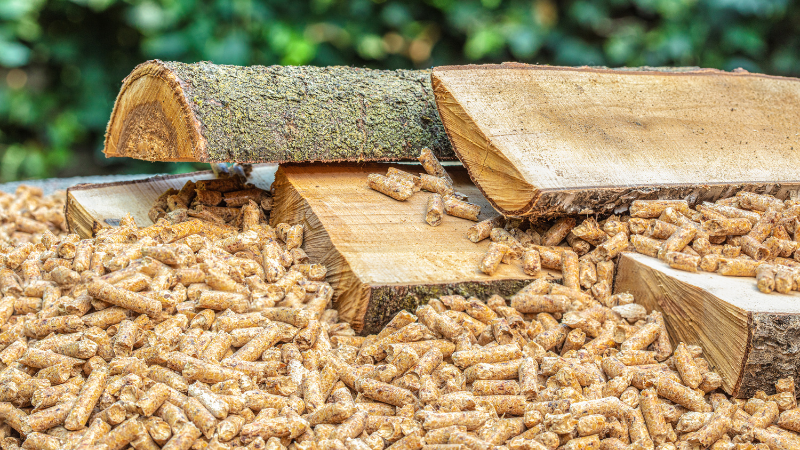
They have a high energy density and are considered a clean-burning fuel, as they produce fewer emissions compared to traditional fossil fuels like coal or oil. Wood pellets are often produced from sustainably managed forests or wood waste generated by industries like sawmills or furniture manufacturing.
How Are Wood Pellets Made?
Wood pellets are made through a process called pelletization. The production process involves several steps:
Raw Material Preparation: The first step is to collect and prepare the raw materials, which are typically sawdust, wood chips, or other wood waste. The wood waste is usually dried to reduce its moisture content to around 10-20%.
Grinding and Size Reduction: The dried wood waste is then ground into smaller particles using a hammer mill or similar equipment. This helps to increase the surface area of the material, making it easier to compress into pellets.
Conditioning: The ground wood waste is then conditioned by adding steam or water to soften the lignin, a natural binder present in wood. This helps in the pelletization process by allowing the wood particles to stick together.
Pelletization: The conditioned wood waste is fed into a pellet mill, where it is compressed under high pressure through small holes in a die. The pressure and heat generated during this process cause the lignin to act as a natural glue, binding the wood particles together and forming pellets.
Cooling and Sieving: The freshly made wood pellets are then cooled to reduce their temperature and remove excess moisture. They are typically passed through a sieve to separate any oversized or undersized pellets, ensuring a uniform size.
Packaging and Storage: Finally, the wood pellets are packaged in bags or bulk containers for distribution and storage. They are often stored in dry conditions to maintain their quality and prevent degradation.
The production process may vary slightly depending on the specific equipment and techniques used by pellet manufacturers, but these steps generally outline the process of making wood pellets.
How to Use Wood Pellets in a Charcoal Grill?
Using wood pellets in a charcoal grill requires a few steps:
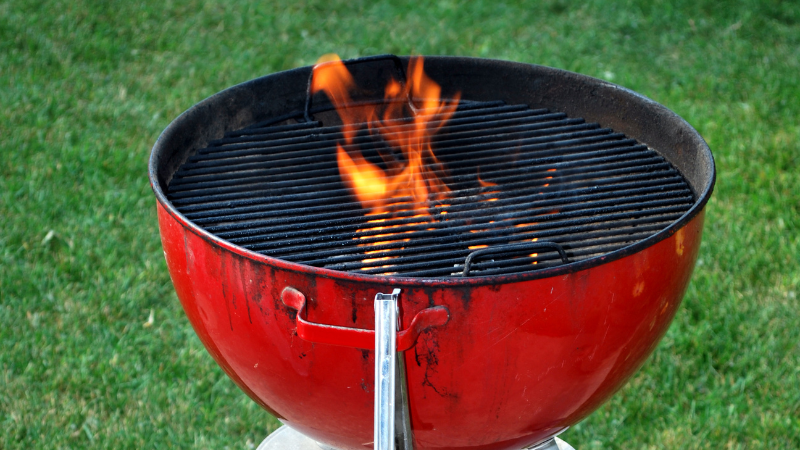
1. Prepare the charcoal grill
Remove the cooking grate and clean out any ash or debris from the grill. Ensure the vents are open for proper airflow.
2. Add charcoal
Place a layer of charcoal briquettes or lump charcoal in the bottom of the grill. This will provide the heat source for cooking.
3. Create a wood pellet pouch: Take a sheet of aluminum foil and place a handful of wood pellets in the center. Fold the foil to create a pouch, ensuring the pellets are enclosed but with a small opening for smoke to escape.
4. Place the pouch on the charcoal
Position the wood pellet pouch on top of the charcoal, ensuring it is in direct contact with the heat source. You can also scatter a few loose pellets on top of the charcoal for additional smoke flavor.
5. Light the charcoal
Light the charcoal using your preferred method, such as a chimney starter or lighter fluid. Allow the charcoal to fully ignite and develop a layer of white ash before proceeding.
6. Adjust the vents
Once the charcoal is lit, adjust the vents on the grill to control the airflow. This will regulate the temperature and maintain a consistent heat level.
7. Place the cooking grate
Once the charcoal is ready and the grill has reached the desired temperature, replace the cooking grate.
8. Start grilling
Now you can start grilling your food. The wood pellets will provide a smoky flavor to your dishes as they burn and produce smoke. Monitor the temperature and adjust the vents as needed to maintain the desired heat.
Remember to follow proper safety precautions when using any type of grill and always refer to the manufacturer’s instructions for your specific charcoal grill model.
Read: What kind of grill should a beginner buy?
Are Wood Pellets Safe for Grilling?
Yes, wood pellets are safe for grilling. Wood pellets are commonly used as a fuel source in pellet grills and smokers. They are made from compressed sawdust and contain no additives or chemicals, making them a natural and safe option for grilling. However, it is important to use food-grade wood pellets that are specifically designed for grilling and smoking to ensure the best results and avoid any potential safety concerns.
How Do You BBQ With Wood Pellets?
BBQing with wood pellets is a popular and convenient method that imparts a unique smoky flavor to your food. To get started, you’ll need a pellet grill or smoker, which is designed specifically for using wood pellets as fuel.
First, fill the hopper of your grill with the desired flavor of wood pellets. Popular options include hickory, mesquite, apple, and cherry. Next, turn on the grill and set the temperature according to your recipe or preference. The pellets will automatically feed into a fire pot, where they are ignited by an electric heating element.
As the pellets burn, they produce smoke and heat, creating a consistent and controlled cooking environment. Place your food on the grill grates, close the lid, and let the BBQing process begin.
Throughout the cooking process, the grill will continue to feed pellets to maintain the desired temperature and smoke level. Keep an eye on the food, flip or rotate it as needed, and use a meat thermometer to ensure it reaches the desired internal temperature.
Remember to periodically check the pellet hopper to ensure it doesn’t run out of fuel. With wood pellets, you can achieve deliciously smoky and flavorful results, whether you’re grilling steaks, smoking ribs, or slow-cooking a whole chicken.
FAQs
Do I Need to Soak Wood Pellets?
No, you do not need to soak wood pellets before using them. Wood pellets are typically made from compressed sawdust and other wood byproducts, and they are designed to be used directly in pellet stoves, grills, or smokers without any soaking or pre-treatment. Simply follow the manufacturer’s instructions for your specific appliance to ensure proper usage.
What Happens When Wood Pellets Get Wet?
When wood pellets get wet, they can absorb moisture and become swollen and soft. This can cause them to break apart or crumble, making them difficult to use as fuel. Wet wood pellets also have a higher moisture content, which can affect their combustion efficiency and heat output. Additionally, if the pellets are stored in a wet environment for a prolonged period, they can develop mold or mildew, which can further degrade their quality and make them unsuitable for use.
Do Wood Pellets Absorb Water?
Yes, wood pellets can absorb water. Wood pellets are made from compressed sawdust and wood shavings, which have a porous structure. This porous structure allows the pellets to absorb moisture from the environment, resulting in swelling and increased moisture content. If wood pellets are exposed to high humidity or direct contact with water, they can absorb moisture and become damp or even disintegrate. It is important to store wood pellets in a dry and well-ventilated area to prevent moisture absorption.
Do Pellets Last Longer Than Charcoal?
No, pellets do not typically last longer than charcoal. Charcoal is known for its longer burn time compared to pellets. Pellets are made from compressed sawdust or wood chips and tend to burn faster than charcoal. However, the burn time can vary depending on the specific type and quality of both pellets and charcoal.
Conclusion
Using wood pellets in a charcoal grill can elevate your grilling experience to a whole new level. It may take some practice and experimentation to find the perfect combination for your specific grill and taste preferences, but the end result is well worth it. From adding smokiness and flavor to achieving precise temperature control, wood pellets are a versatile and convenient option for any griller. Give it a try and see for yourself how this simple addition can enhance your grilling game.

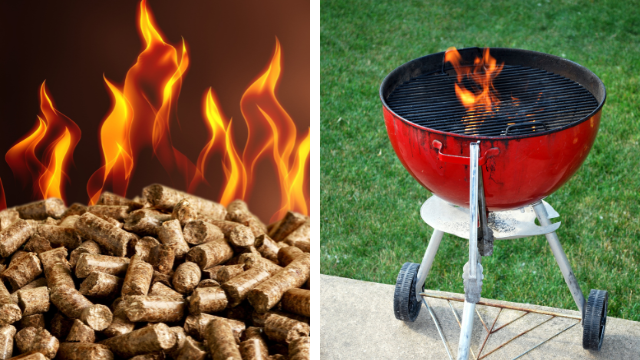
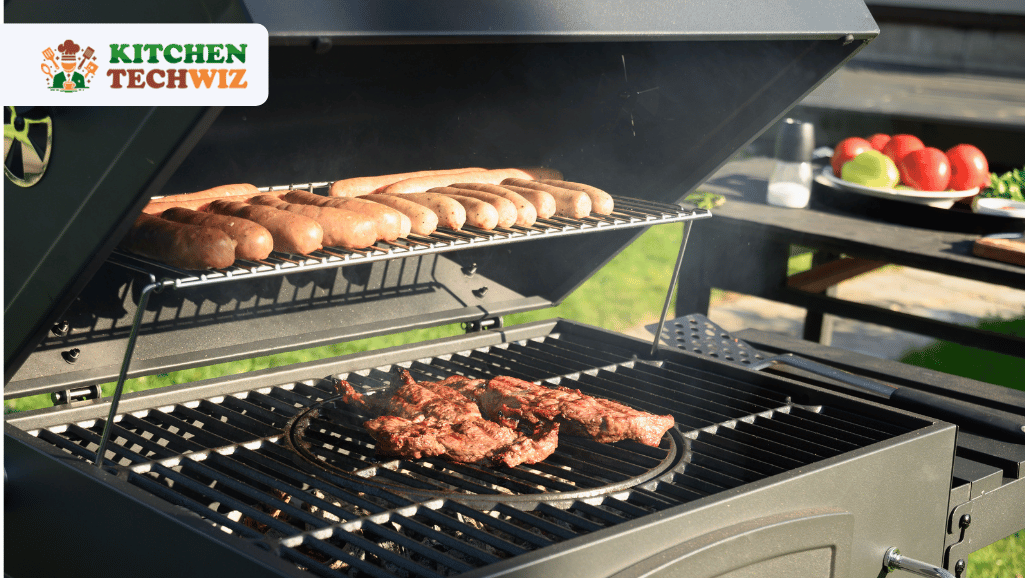
![16 Best Tabletop Propane Gas Grills 2024: [Also Charcoal & Electric]](https://kitchentechwiz.com/wp-content/uploads/2021/04/Best-Tabletop-Propane-Grill-1.jpg)
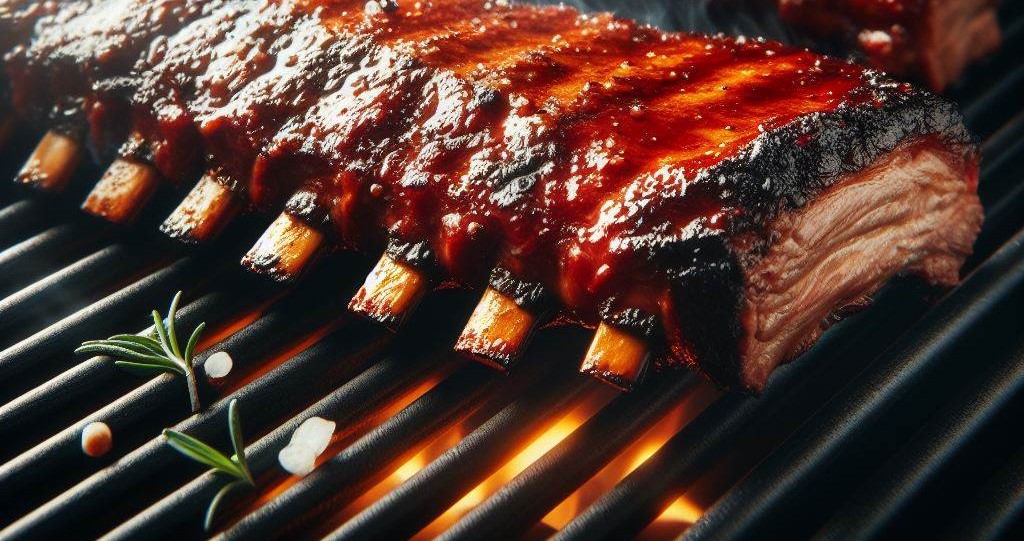
Leave a Reply